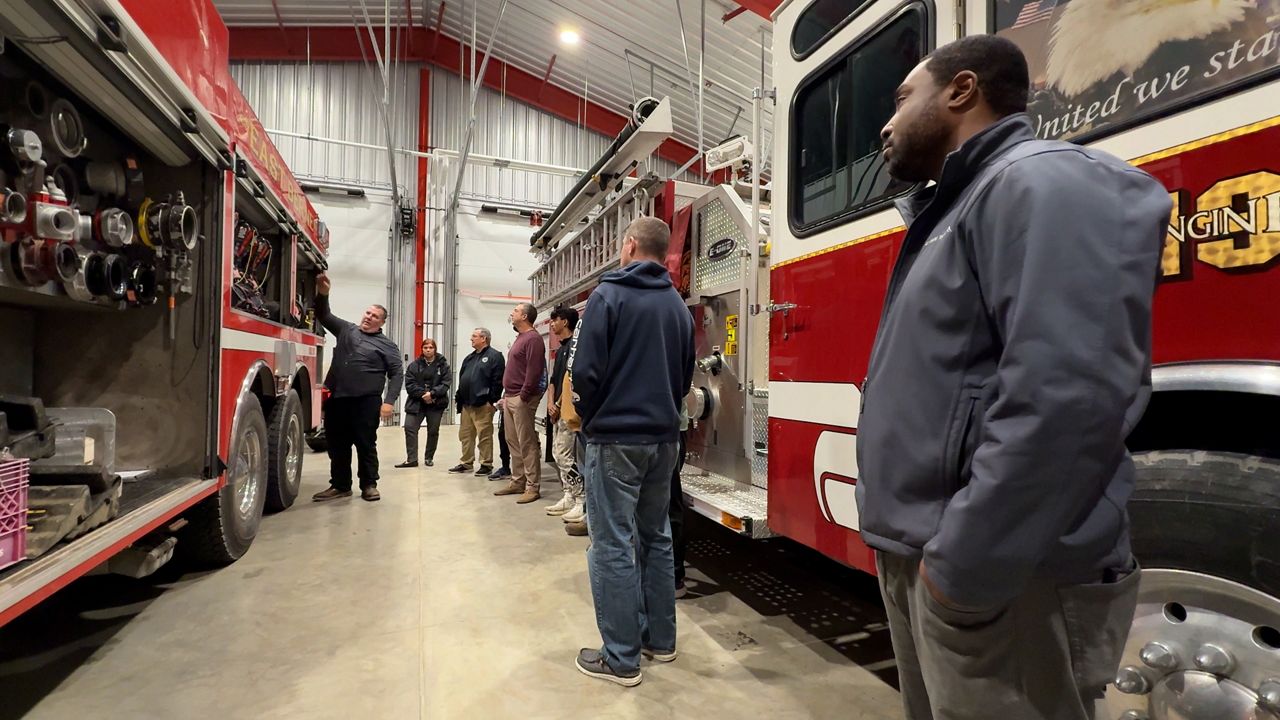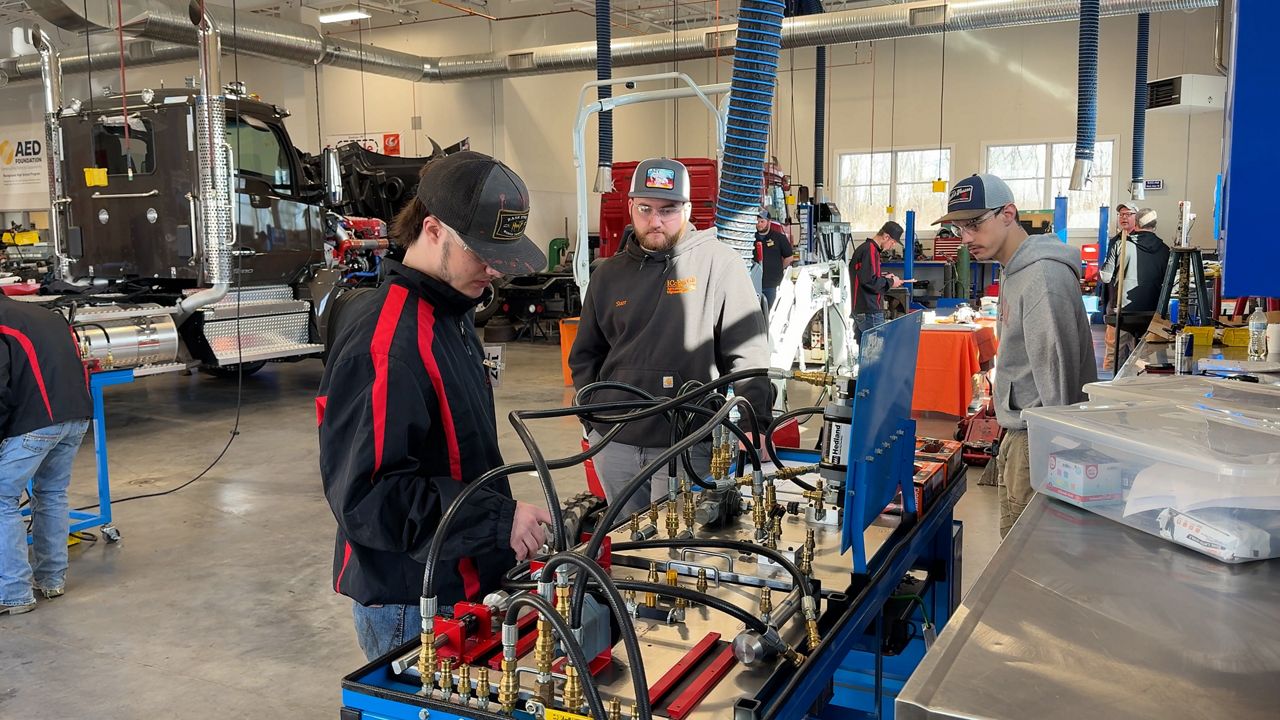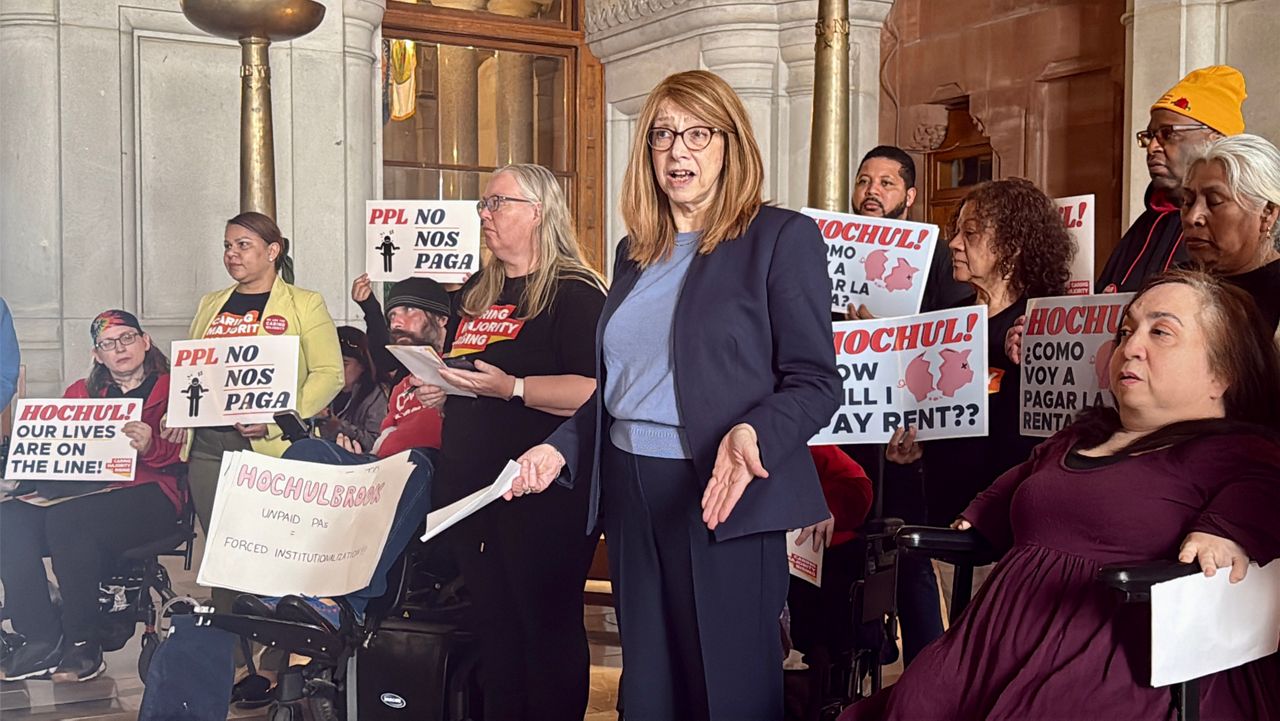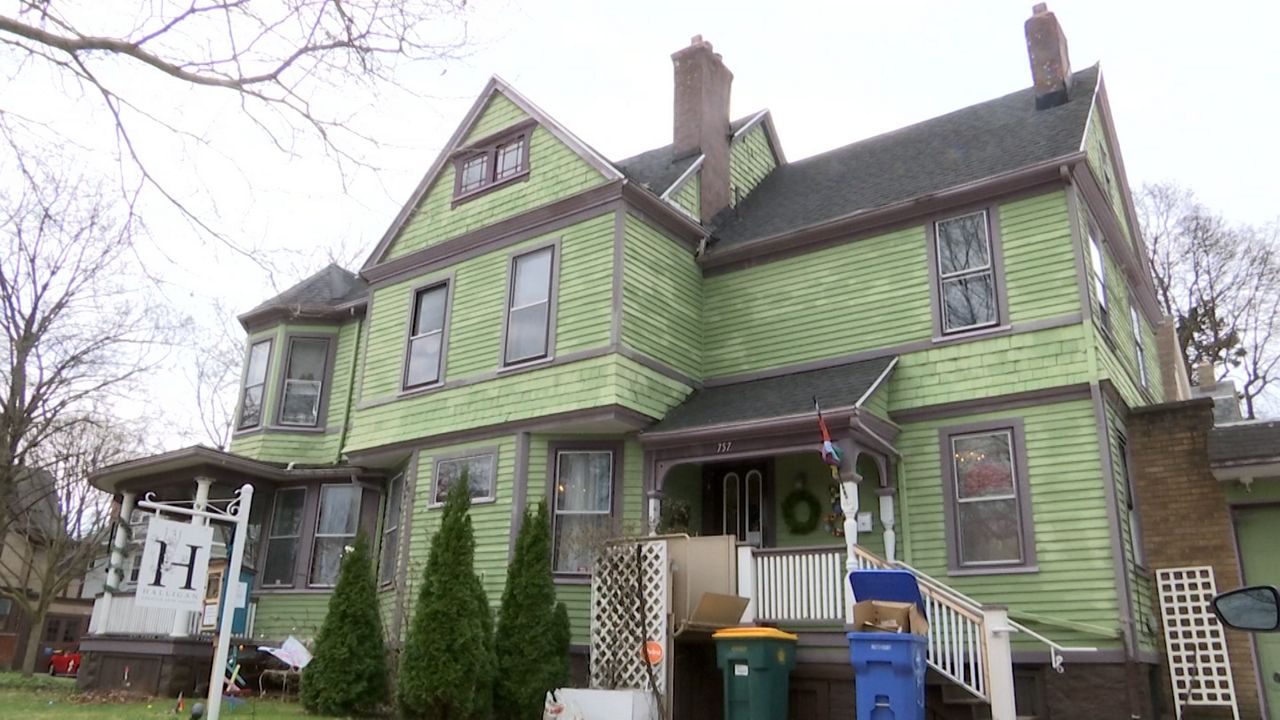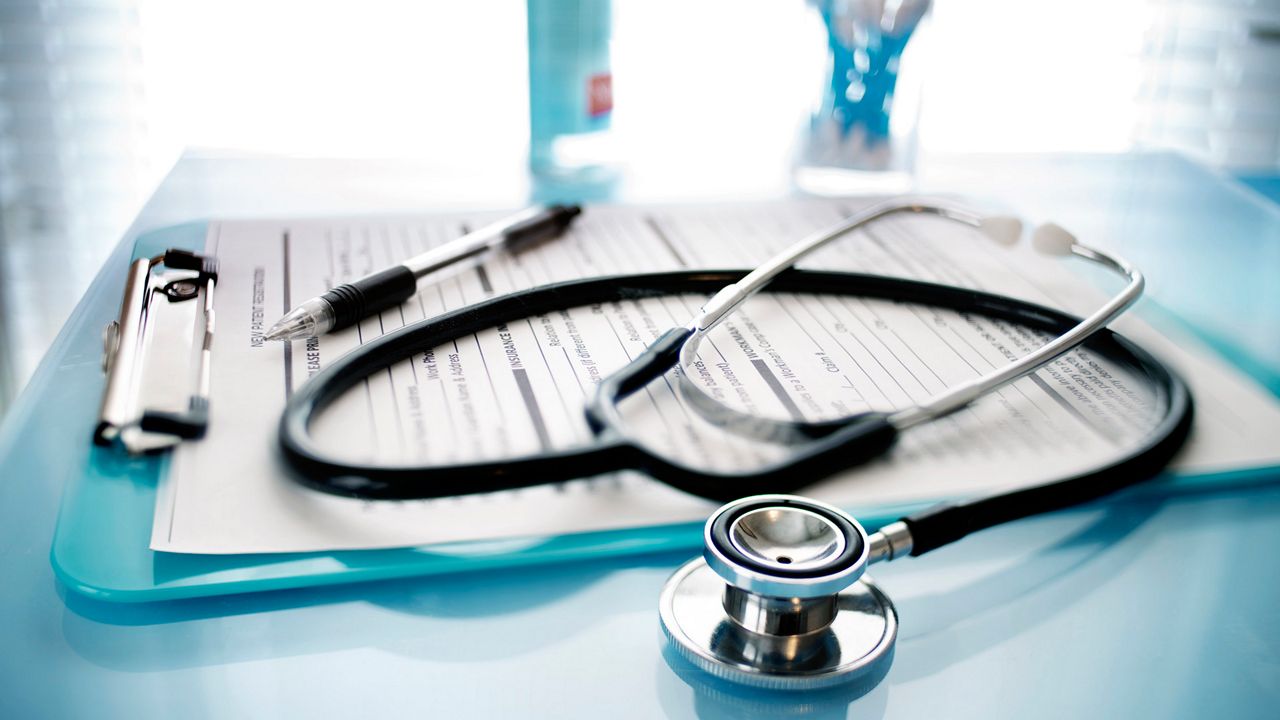When New York state Sen. Rob Rolison heard about the results of a National Transportation Safety Board (NTSB) bridge safety report, he wanted to know what was being done to address it. It recommended new safety evaluations following the collapse of a Baltimore bridge after a ship collided with it last year. Thirteen bridges in New York are included in the report.
“We just have to make sure that everything that can be done to make sure that they travel safely [is done]... These bridges carry lots of cars over the major transportation corridors," Rolison said.
Rolison, along with fellow state Sens. James Skoufis and Michelle Hinchey, wrote to the state Department of Transportation last week asking for safety evaluations to be done.
In a statement, the DOT said in part that “while none of the bridges cited in the NTSB report are directly controlled by the New York State Department of Transportation, we continually work with our partner agencies to ensure that bridges in New York State are regularly inspected and safe for travel.”
The bridges listed in the report are owned by several different bridge authorities. The New York State Bridge Authority, or NYSBA, owns the two bridges in the report that are in the districts of the lawmakers.
Skoufis said in the midst of state budget negotiations, he’d like to know if more funding is needed.
“‘We need to do X, Y, and Z to improve their resiliency or lessen their vulnerability. But it's going to cost us 'X' number of dollars. Can you help us? Now would be the time for them to be having those conversations with us, given we're in the midst of the final throes really, of budget negotiations," Skoufis said.
The NYSBA is the primary authority to do safety evaluations on the bridges it owns.
In a statement, a NYSBA spokesperson said they received and are reviewing the senators’ letter.
And that they “continue to remain vigilant about the safety of our bridges and build upon our efforts for the protection of all who use these spans to cross the Hudson River.”
Hinchey said an assessment needs to be done sooner rather than later.
“We don't want to be alarmist," she said. "We're not saying that there is, in fact, a problem right now, but we need to know. We need to do the assessment to make sure that our bridges are in good condition and that they're not vulnerable should something tragic happen."






